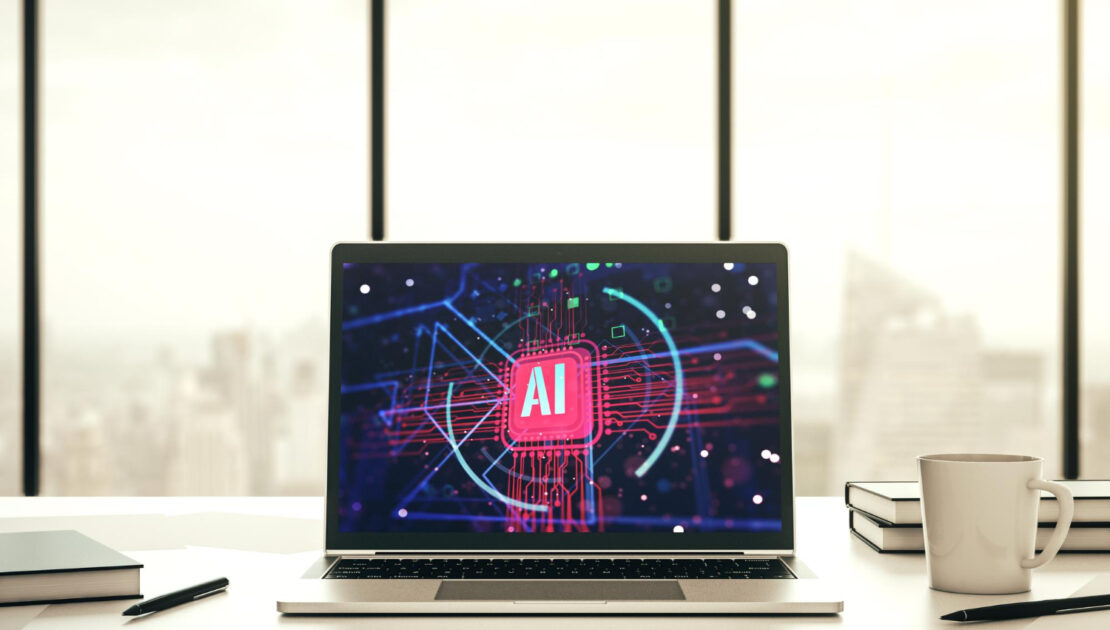Artifical Intelligence Taking UI UX Design To New Heights
- March 14, 2024
- Posted by: Designient School

Within the ever-evolving field of UI UX design Artificial Intelligence (AI) has moved from being a future concept to become an indispensable ally. Entering 2024 and moving forward into the future means that AI’s integration into UI UX design processes will expand creative possibilities while improving operational efficiency and transforming traditional design roles. Through their adoption of AI technology UI UX designers will achieve new capabilities while making repetitive tasks more efficient and focusing their expertise on creating better user-focused designs. The analysis examines AI’s crucial role as a partner for UI UX designers by presenting real-world examples and insights that highlight the necessity of AI integration in the UI UX design field.
Streamlining Fundamentals through AI
AI’s primary function in UI UX design enhancement lies in the automation of fundamental tasks that consume significant time. Adobe’s Sensei stands as an example of AI power by independently executing tasks such as photo cropping and palette optimization. The automation of basic tasks frees UI UX designers from mundane work so they can dedicate their efforts to the creative and strategic elements of their projects.
Personalization at Its Peak
The ability of AI to process and understand large quantities of data in real time creates unprecedented opportunities for personalization. Netflix and Spotify use AI technology to understand user preferences and behaviors to deliver personalized content recommendations for each individual. UI UX designers who incorporate AI create adaptive interfaces that personalize themselves for each user to deliver a more engaging user experience.
Iterative Excellence with Real-time Feedback
Figma’s Designer Advocate uses AI technology to provide immediate design feedback that suggests improvements and alternative options in real time. UI UX designers experience improved refinement of their work as instantaneous critique accelerates the iterative design process. AI feedback mechanisms enable designers to reach a polished and user-friendly design state much faster than before.
Predictive Insights and User Behavior Forecasts
AI expands UI UX design possibilities by predicting user interactions which enables designers to meet future needs through forward-thinking user experience creation. A predictive advantage emerges from analyzing previous user interactions to identify UI elements that can improve user engagement.
UI UX designers must master AI to succeed in 2024 and the years that follow.
Securing a Competitive Edge: AI development progresses rapidly which makes its application in UI UX design increasingly complex. Design professionals who master AI technologies maintain leading positions in the field while adopting cutting-edge tools and techniques.
Boosting Creativity and Innovation: AI takes care of daily duties and extracts valuable insights from data which enables designers to explore new dimensions of creativity and innovation.
Surpassing User Expectations: Current users demand high levels of AI-powered personalization and efficiency which establishes demanding standards for digital experiences. UI UX designers who understand AI have the necessary skills to fulfill and exceed modern user expectations.
Career Longevity and Relevance: The growing trend towards integrating AI in design methodologies demonstrates a strong market need for designers who possess AI expertise. Developing AI expertise allows designers to expand their capabilities while guaranteeing their essential role in a future dominated by AI.
AI functions as an essential partner in UI UX design by combining automated processes with personalized experiences and predictive insights to transform design workflows. In 2024 UI UX designers who adopt AI technology begin a path to discovering new potentialities while enhancing creative freedom alongside creating deeper human-focused user experiences. The partnership between AI and UI UX design is emerging to create future designs that achieve both intuitive functionality and fundamental human alignment.